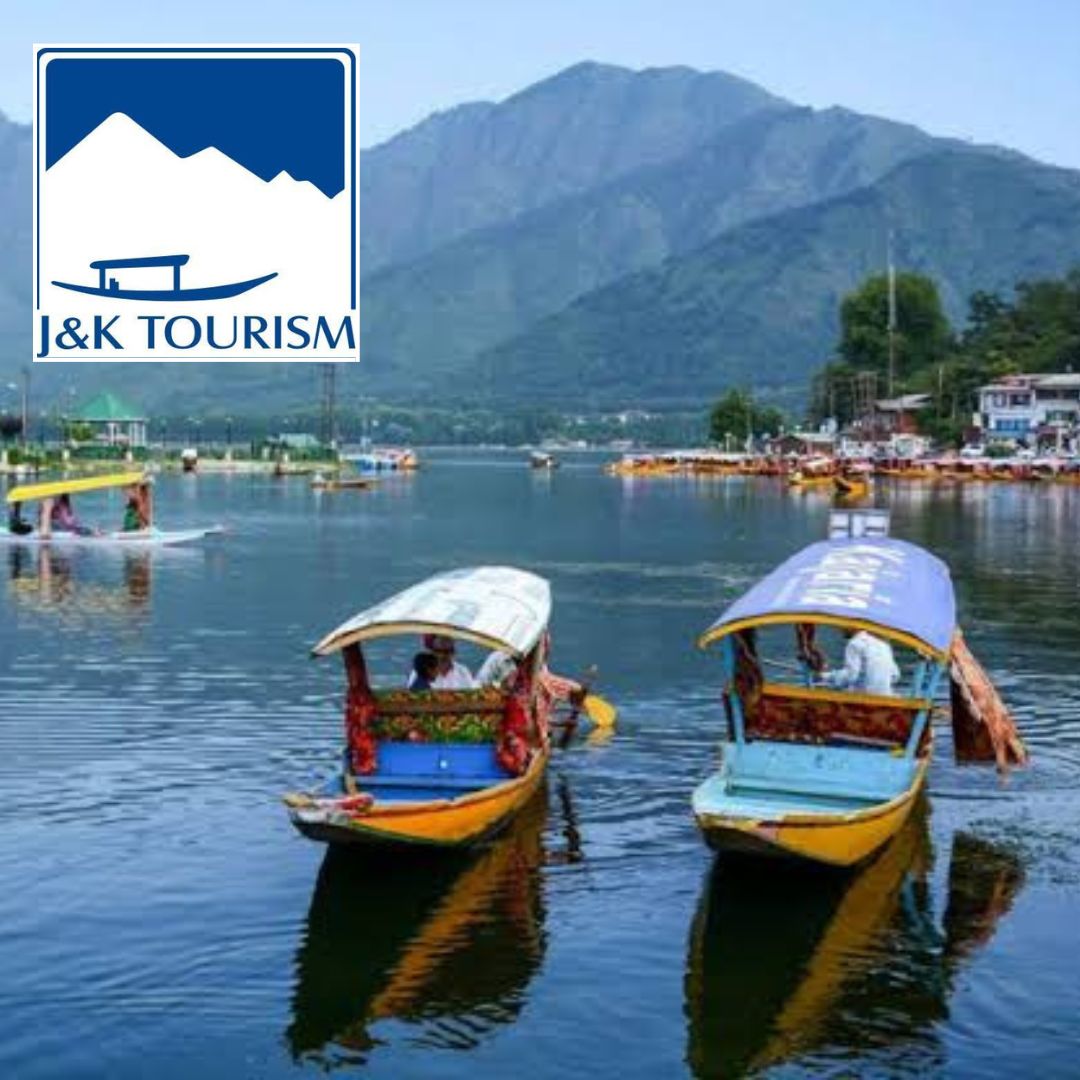
Image Credits: Facebook and The Dispatch
Jammu & Kashmir Records Highest Tourist Footfall Since Independence With Over 1 Crore Visitors
Writer: Laxmi Mohan Kumar
She is an aspiring journalist in the process of learning and unlearning many things. Always up for discussions on everything from popular culture to politics.
Jammu and Kashmir, 7 Oct 2022 9:10 AM GMT
Editor : Snehadri Sarkar |
While he is a massive sports fanatic, his interest also lies in mainstream news and nitpicking trending and less talked about everyday issues.
Creatives : Laxmi Mohan Kumar
She is an aspiring journalist in the process of learning and unlearning many things. Always up for discussions on everything from popular culture to politics.
A day after Home Minister Amit Shah's statement of Jammu and Kashmir turning from a terrorist hotspot to tourism hotspot, data suggests that the union territory's tourist footfall in 2022 is the highest since independence.
Figures released by the Directorate of Information and Public Relations (DIPR) of the Jammu and Kashmir government indicated a rise in the tourist footfall observed in the Union Territory. In the year 2022 alone, around 1.62 crore tourists visited the valley, making it the highest number seen since independence.
The figures had come about a day after Union Home Minister Amit Shah's statement, which claimed that the region was transforming from a terrorist hotspot to a tourist hotspot under the ruling government's policies. Supporting this statement, Shah added that earlier, the valley used to receive a maximum of six lakh tourists every year, which has now peaked with over 22 lakh tourists.
For a region that thrives majorly on the tourism economy, the data has conveyed an optimistic growth that translates into employment for many.
A Return Of The Golden Era?
A record-breaking 20.5 lakh tourists, including 3.65 lakh Amarnath yatris, visited Kashmir in the first eight months of 2022, according to a statement released by the spokesperson. Adding on to this, he said that the developments seen in the valley had drawn visitors from across the nation, which is conveyed through the all-time high tourist footfall.
Popular tourist spots like Pahalgam, Gulmarg, and Sonamarg had their resorts and guesthouses running with 100 per cent occupancy. It was viewed as the return of the golden era of Kashmir tourism after over three decades. A report by NDTV also suggests an overall development and change taking place in the Union territory with tourism being the biggest source of employment in the valley.
After the pandemic-induced fallback, the UT administration took several policy interventions to revive the tourism sector and bring in employment opportunities. There were policies allocated to provide financial support to various stakeholders in the tourism sector, and many industries reopened in the valley after over three decades.
One such industry that was revived is the cinema industry. Cinema halls made a re-entry in the valley after 32 years, and a comprehensive Film Policy was launched to attract more filmmakers to the UT. Within a year of the policy implementation, about 140 shooting permissions were issued.
Facilitating the industry further, a film studio with state-of-art facilities is in the talks to be launched. The spokesperson conveyed that such additions would provide new opportunities to the budding talent of Jammu and Kashmir and would exponentially boost the business ecosystem.
Employment Rates Continue To Be Debated
Despite the many achievements claimed by the administration, several regional and national media houses have often come forth with conflicting data. Employment opportunities in the valley are one such ideal.
While talking about the employment opportunities generated through the boost in the tourism sector, the spokesperson indicated that maximum employment was seen across regions of Poonch, Rajouri, and the Jammu and the Kashmir Valley.
Such repeated claims have been commonly seen from the administration, who had earlier declared that the abrogation of Article 370 had increased job creation in the valley. Many media houses were quick to point out the altercations with the government's claims.
A New Indian Express report published in the month of March stated that the valley had the second highest unemployment rate in the country at 46 per cent, while the government flexed increased employment.
The data came to light through the "Periodic Labour Force Survey April-June 2021" conducted by the statistics and programme implementation ministry. The percentage of unemployment rates was picked and traced back to causes such as the government's indifference towards local artisans, tourism players, marginal traders, manufacturers and so on.
In such a scenario, the increased tourist footfall suggests a hopeful transition in the employment conditions but conveys a conflict in terms of the residents receiving these opportunities.
 All section
All section














